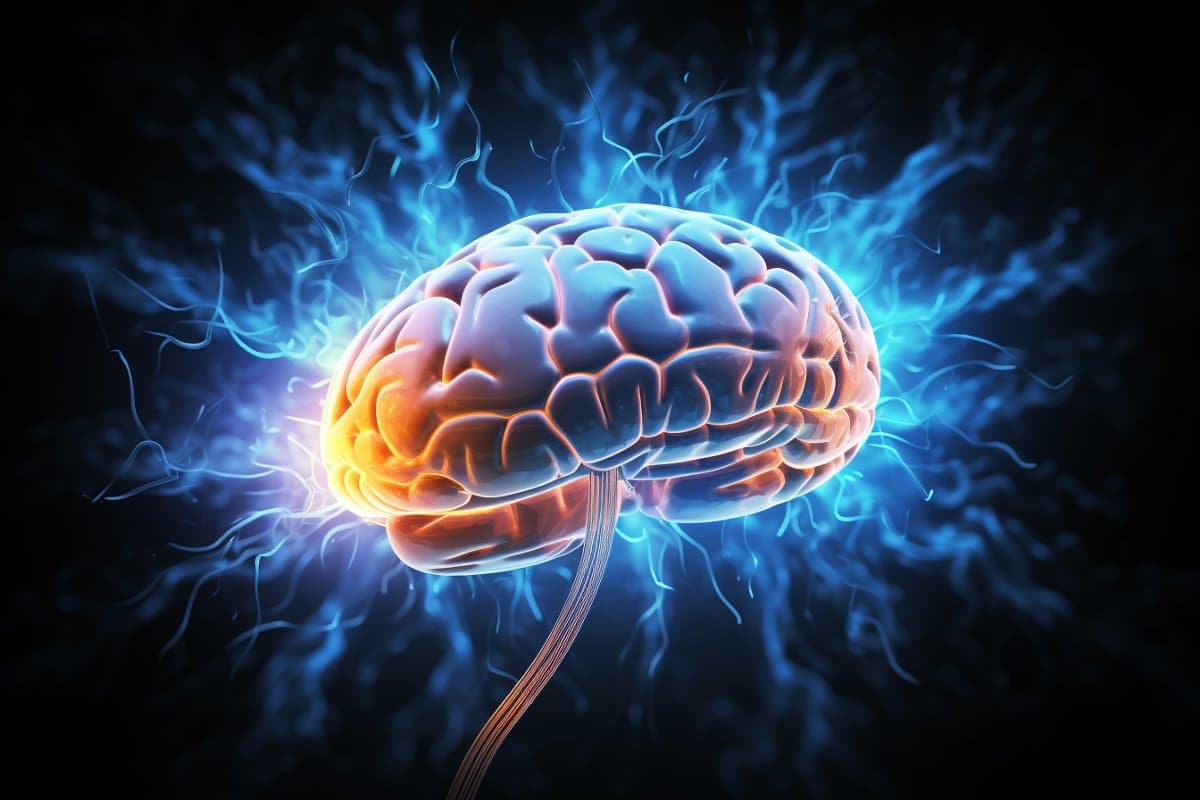Considering I lost 5.4 billion neurons mostly in the motor and pre-motor cortex areas I guess after 18 years I didn't get this problem.
Reduced Brain Grey Matter Linked to Early Onset Psychosis
Summary: A groundbreaking study reveals a strong association between a reduction in grey matter and Early Onset Psychosis (EOP). This extensive brain imaging study is the largest of its kind in EOP, providing detailed insights into the condition.
People with EOP display reduced grey matter volume across various brain regions, distinct from other mental health disorders. This research could lead to improved diagnosis and treatment monitoring for EOP patients.
Key Facts:
- The study examined 482 individuals with EOP from multiple countries and compared them to 469 healthy controls.
- Grey matter reduction was observed across nearly all brain regions, with a significant impact on the left median cingulate, which is linked to emotions, learning, and memory.
- The study’s findings highlight the potential for this detailed brain mapping to serve as a diagnostic tool and to assess treatment effectiveness.
Source: King’s College London
New research from the Institute of Psychiatry, Psychology & Neuroscience has found an association between a reduction in grey matter in the brain and Early Onset Psychosis (EOP).
The study, published in Molecular Psychiatry, is the largest ever brain imaging study in EOP and has provided unprecedented levels of detail about the illness. It shows that, in contrast to other mental health disorders, people with EOP have a reduced volume of grey matter across nearly all regions of their brain. Researchers hope that this detailed mapping could be used to assist in future diagnosis, as well as to track the effects of treatment in patients with EOP.

EOP occurs before the age of 18 during a critical period of development in the brain. Individuals diagnosed with the illness are likely to experience severe and long-lasting symptoms that respond less well to treatment. Despite this, research into EOP has been limited in sample size and statistical power.
The study represents an international effort, combining brain scans from Norway, Spain, Canada, Italy, Australia & UK, 482 individuals with EOP being compared to 469 healthy controls. An analysis of the data revealed that individuals with EOP had lower volumes of grey matter in almost all regions of the brain compared to the healthy controls, with a marked effect in the left median cingulate – an area of the brain associated with the formation and processing of emotions, learning and memory.
Dr Matthew Kempton, Reader in Neuroimaging Psychiatry at King’s IoPPN and the study’s senior author said, “Early Onset Psychosis can have a devastating impact on a person’s life and wellbeing, but our understanding of the illness is still sadly relatively limited.
“This study, the largest neuroimaging analysis of EOP to date, used newly developed technologies to combine scans from different sites to examine hundreds of thousands of data points measuring volume in the brain.
“We found that people with EOP experience a lower volume of grey matter in nearly all regions of their brains compared to people without the illness. This detailed map will hopefully provide the basis for future research, as it could help as a diagnostic tool, and even track the effectiveness of treatments.”
Further analysis of the data revealed that those individuals who developed EOP at a later age had lower volumes of grey matter in a number of small brain regions compared to those with an earlier age of onset.
Shuqing Si, the study’s first author from King’s IoPPN said, “Grey matter’s primary purpose is to process information in the brain and plays a significant role in day to day functions like memory, emotions and movement.
“This study used specially created software (ENIGMA-VBM) developed at King’s that can accurately map where there have been local increases and decreases in brain volume. It’s allowed our team to process significantly more data and has meant that our sample reflects brain scans from many parts of the world. The effectiveness of this software means we’re now investigating the brains of those with several other disorders.”
Funding: This study represents independent research, partly funded by the National Institute for Health and Care Research Maudsley Biomedical Research Centre at South London and Maudsley NHS Foundation Trust and King’s College London.
About this psychosis research news
Author: Patrick O’Brien
Source: King’s College London
Contact: Patrick O’Brien – King’s College London
Image: The image is credited to Neuroscience News
Original Research: The findings will appear in Molecular Psychiatry
No comments:
Post a Comment